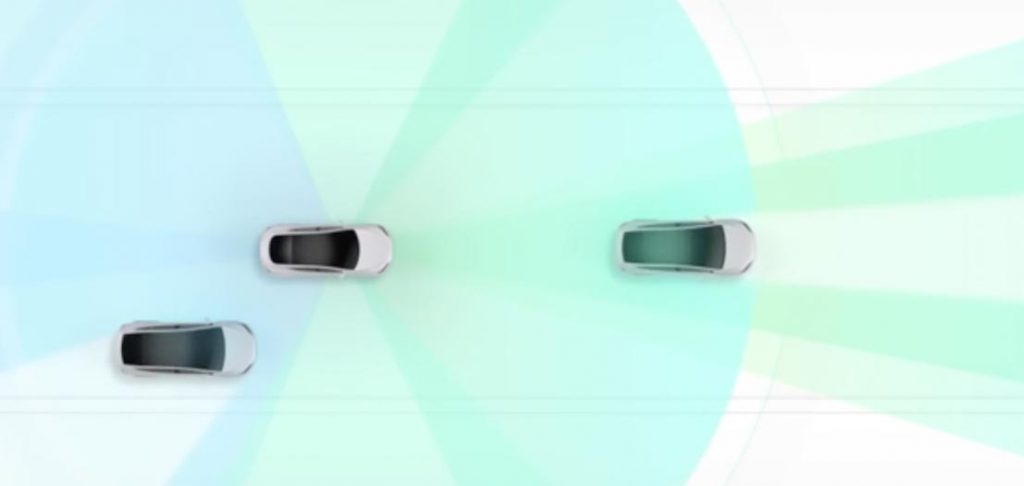One of Tesla’s best sellers, the Model 3, is losing its safety designations from two testing organizations. Accordingly, the Model 3 will no longer be considered a CR Top Pick, while the Insurance Institute for Highway Safety plans to remove the Model 3’s Top Safety Pick+ designation.
It’s the result of a bold decision to remove forward-facing radar sensors from both the Model 3 and Model Y. A statement by the National Highway Traffic Safety Administration (NHTSA) made it clear that Model 3 and Model Y units built after the 27th of April, 2021 will not receive the agency’s check-mark for FCW, AEB, lane departure warning (LDW), as well as dynamic brake support, since these units will be equipped with Tesla Vision technology, omitting radar.
Tesla CEO Elon Musk has previously stated that their new ‘Tesla Vision,’ which uses cameras in conjunction with sonar sensors, is a more intelligent and more accurate way for Teslas to read their surroundings. Still, both Consumer Reports and the IIHS aren’t convinced.
According to these leading testing organizations, the integration of this new technology could mean that Tesla vehicles will lack some key safety features, including forward-collision warning (FCW) and automatic emergency braking (AEB).
Read: New Models To Switch To Camera-Based Autopilot As Tesla Goes Radar-less
With AEB and FCW not standard, the Model 3’s CR score drops from 78 to 75, and the Tesla Model Y, which was not a recommended vehicle to begin with, drops from 50 to 47. However, even with the drop in Overall Score, the Model 3 is still recommended.
Tesla Vision uses cameras, sonar, and a neural network (Tesla’s machine learning software). However, The tech giant mentioned via a blog post that certain features would be ‘temporarily inactive,’ with over-the-air updates making them accessible in the weeks to come. Inactive features may include Smart Summon and Emergency Lane Departure Avoidance, while it was started that Autosteer will only be functional up to a maximum speed of 75 mph.
Research scientist Bryan Reimer was concerned as to why Tesla was replacing a proven safety feature with an unproven one. “Will the system fueled by vision data alone have an equal or better performance than what has been produced with a radar?” asked Reimer in a report by CR. “If performance is not greater in the new system, we are taking a step backwards in efficacy and consumer transparency, negatively impacting safety,” he says.






